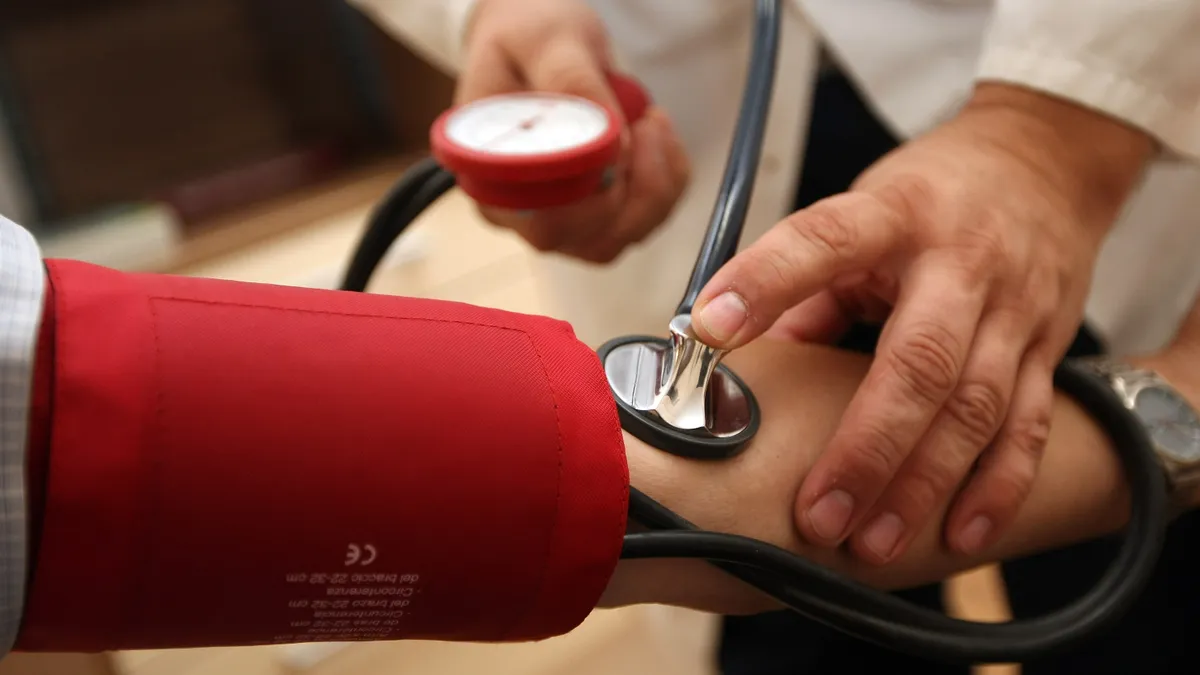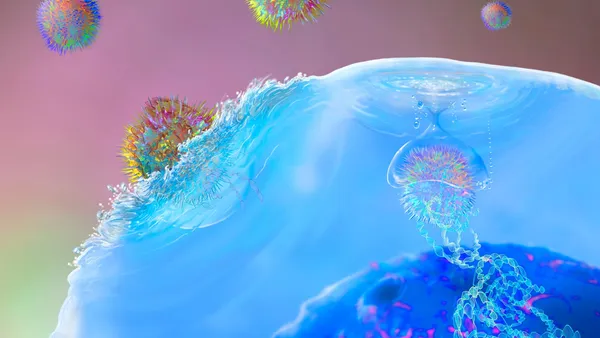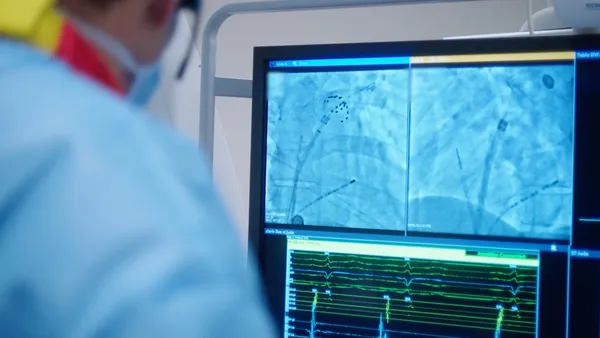Dive Brief:
- A CT scan is at least as accurate at predicting the outcomes of a blood pressure procedure as the standard, invasive investigation, according to a paper published in Nature Medicine.
- The prospective study of 143 patients suggests scanning could increase uptake of the procedure because it is at least as accurate at predicting biochemical and clinical success as the current standard, invasive adrenal vein sampling (AVS).
- If widely adopted, MTO could increase demand for CT imaging by establishing it as part of the pathway for treating some cases of hypertension. Still, the supply of radioactive tracers is potentially a barrier to adoption of the imaging approach.
Dive Insight:
Primary aldosteronism (PA) patients develop high blood pressure because a steroid hormone is produced by a nodule in an adrenal gland. While removing the nodule can treat the problem, the need to undergo an invasive, technically demanding procedure that is rarely offered by hospitals limits the number of patients who undergo the test.
PA accounts for 20% to 25% of cases of treatment-resistant hypertension. Some patients develop PA because two adrenal glands produce too much of the aldosterone hormone. Those patients require long-term medical therapy. However, other patients have one malfunctioning and one healthy adrenal gland. A surgical cure is possible in those patients.
Despite the potential to cure hypertension, fewer than 1% of patients are identified and investigated. AVS, the procedure used to differentiate between unilateral and bilateral PA, is one barrier to increased uptake.
A team at Queen Mary University of London identified [11C] metomidate positron emission tomography computed tomography (MTO) as a way to improve diagnosis of unilateral PA. The approach entails labeling an inhibitor of enzymes involved in aldosterone synthesis so that it can be used as a PET radiotracer in combination with CT imaging. In theory, the combination could detect if an adrenal gland is expressing the enzymes and thereby show if a patient is eligible for surgery.
In the study, 128 patients reached six to nine months of follow up, including 78 people who underwent surgery. The remaining 50 patients were managed medically. Among the surgical patients, 77 people met at least one of the success criteria.
MTO predicted biochemical success in 72.7% of people and clinical success 65.4% of the time. The MTO accuracy figures are numerically superior to those for AVS, which scored 63.6% for biochemical and 61.5% for clinical, but the difference fell short of statistical significance. Even so, MTO was at least as accurate as AVS.
While the imaging technique potentially has an edge in terms of availability, hospitals that want to adopt the approach will face challenges. The radioactive tracer has a 20-minute half-life and as such must be synthesized on-site. Alternatives with a two-hour half-life are in clinical development.










